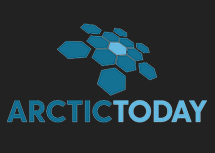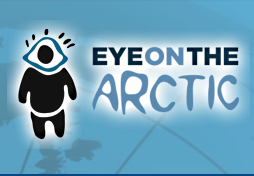LKAB has found Europe´s largest deposit of earth elements
LKAB has identified a deposit of more than one million tonnes of rare earth metals in the Kiruna area. It is the largest known deposit of its kind in Europe.
“This is good news, not only for LKAB, the region and the Swedish people, but also for Europe and the climate. This is the largest known deposit of rare earth elements in our part of the world, and it could become a significant building block for producing the critical raw materials that are absolutely crucial to enable the green transition. We face a supply problem. Without mines, there can be no electric vehicles,” says Jan Moström, President and Group CEO, LKAB.
LKAB has already begun preparing a several kilometre-long route at a depth of around 700 metres from the existing Kiruna mine towards the new deposit in order to be able to explore it in depth and in detail. They have not yet seen the end of the deposit. It will take several years of work to test the deposit.
“If we look at how other permit processes have worked within our industry, it will be at least 10-15 years before we can actually begin mining and deliver raw materials to the market. And then we are talking about Kiruna, where LKAB has been mining ore for more than 130 years. Here, the European Commission’s focus on this issue, to secure access to critical materials, and the Critical Raw Materials Act the Commission is now working on, is decisive. We must change the permit processes to ensure increased mining of this type of raw material in Europe. Access is today a crucial risk factor for both the competitiveness of European industry and the climate transition,” says Jan Moström.
The so-called Per Geijer deposit contains more than one million tonnes of rare earths in the form of Rare Earth Oxides (REO), which are used for the production of Rare Earth Elements (REE). This is enough to meet a large part of the EU's future needs for the production of the permanent magnets required for electric motors in electric cars, wind turbines and other vehicles.
The rare earth metals in Per Geijer occur together with phosphorus in what is essentially an iron ore deposit and can therefore be produced as by-products. This creates opportunities for competitive mining.
LKAB has previously planned an industrial park in Luleå for the extraction and processing of phosphorus, earth elements and fluorine from existing mine production. Instead of disposing of it as waste, as is currently the case, new sustainable products will be created. Production is scheduled to start in 2027.
Lennart Håkansson
editor@northswedenbusiness




